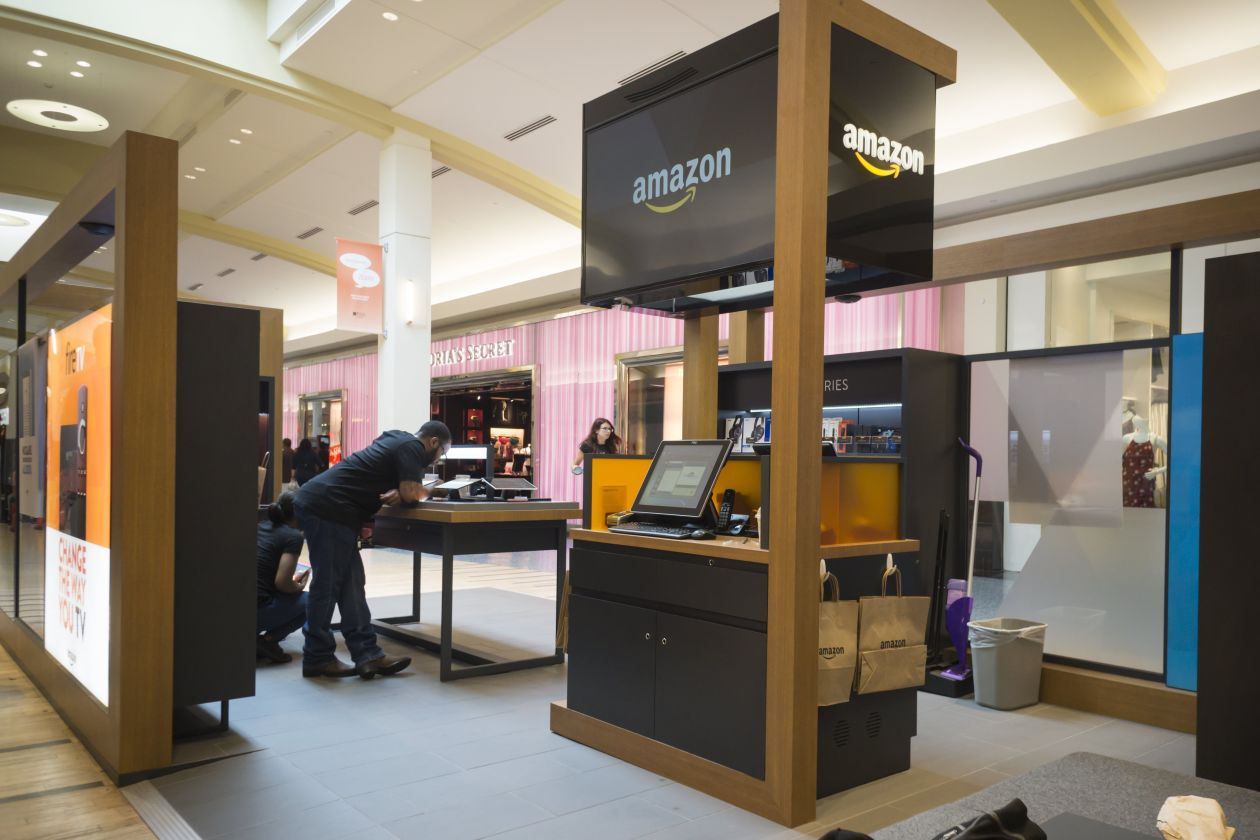The company aims to learn more about grocery shoppers and better serve them by offering better delivery and pickup options. Several supermarket giants such as Walmart and Kroger have already started to emulate this with their own options.
When the Wall Street Journal reported news about Amazon’s plans yesterday, share prices of supermarket companies immediately plunged. Kroger lost 4.5% of its value while Walmart went down 1.1%. Amazon shares on the other hand, rose 2% on the day.
Amazon is expected to choose a variety of options for grocery stores, ranging from new developments to stores currently occupied with leases that are ending soon. The stores are expected to be roughly 35,000 square feet in size, almost half the size of a standard 60,000-square-foot supermarket.
In addition, Amazon aims to sell different products at its stores beyond groceries such as health and beauty. This differs from traditional grocery store leases in shopping areas that tend to restrict the sale of some health and beauty products.
While Amazon’s final strategy remains unknown, many analysts estimate that the company will offer physical store sales in combination with e-commerce options for customers, with convenience for customers a top priority. Founder and CEO Jeff Bezos has always emphasized customer service as the company’s top priority.
Amazon’s plans for expansion in New York City with a new East Coast headquarters in Queens, has come under fire from some vocal members of the community. The company was courted by New York governor Andrew Cuomo who offered large incentives to the company. In mid February, Amazon withdrew its proposal to build a center in New York, while continuing to set up its center in Arlington, Virginia. According to the New York Times, Cuomo is continuing discussions with the e-commerce giant in attempts to win the company back, aiming to remove obstacles and showing unison with a signed letter from over 70 unions. A full page ad even appeared in the publication, with an open letter to Jeff Bezos, asking for a second chance to bring the jobs and HQ back to New York City.












